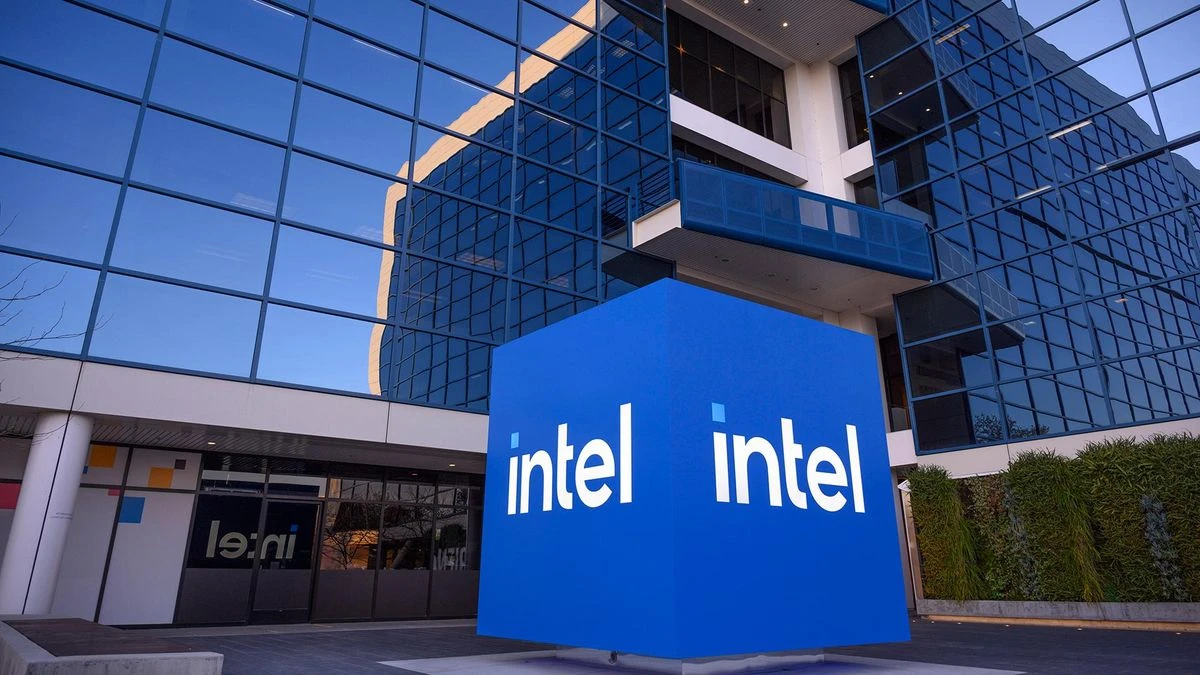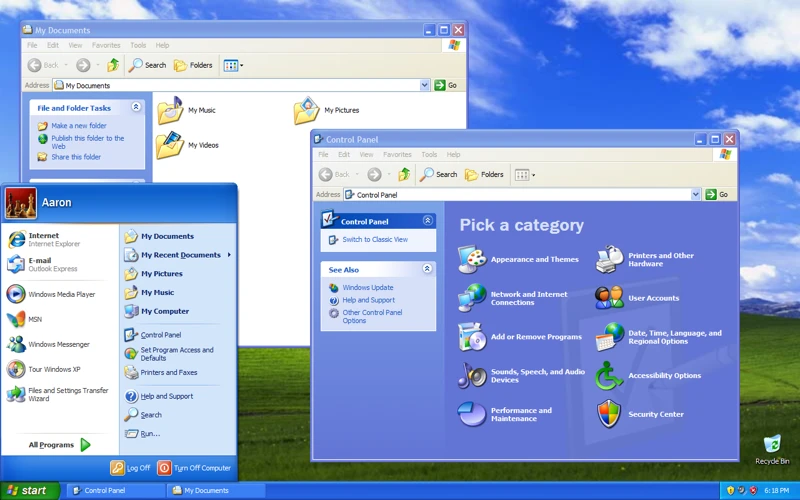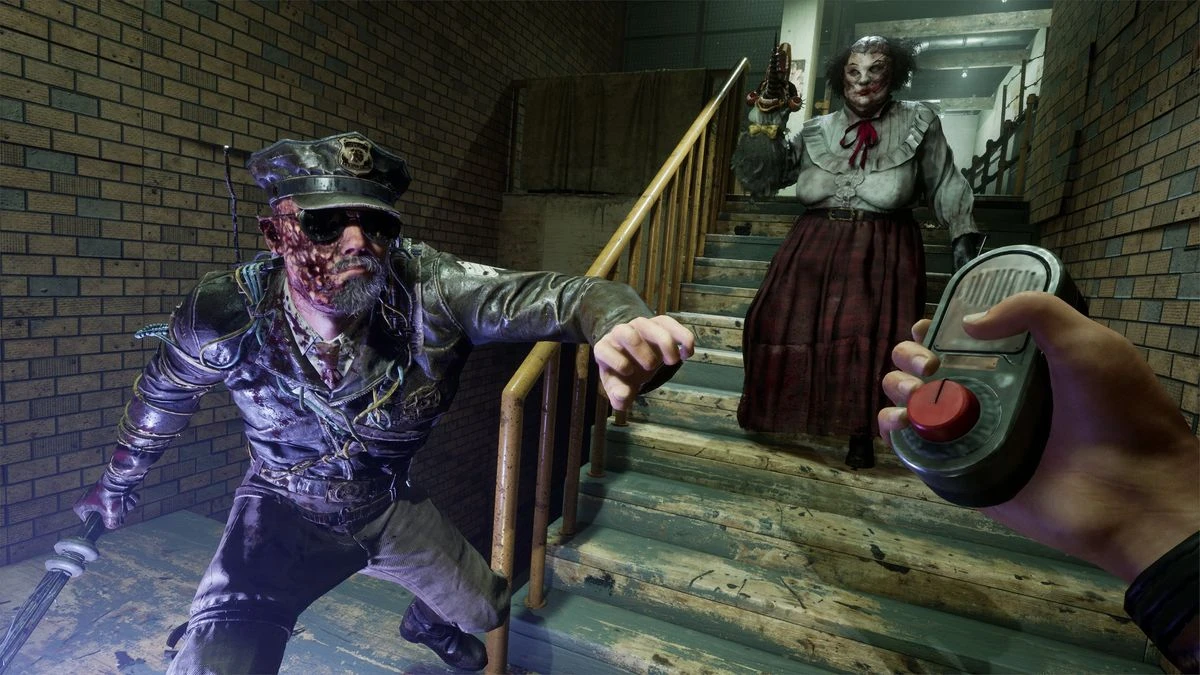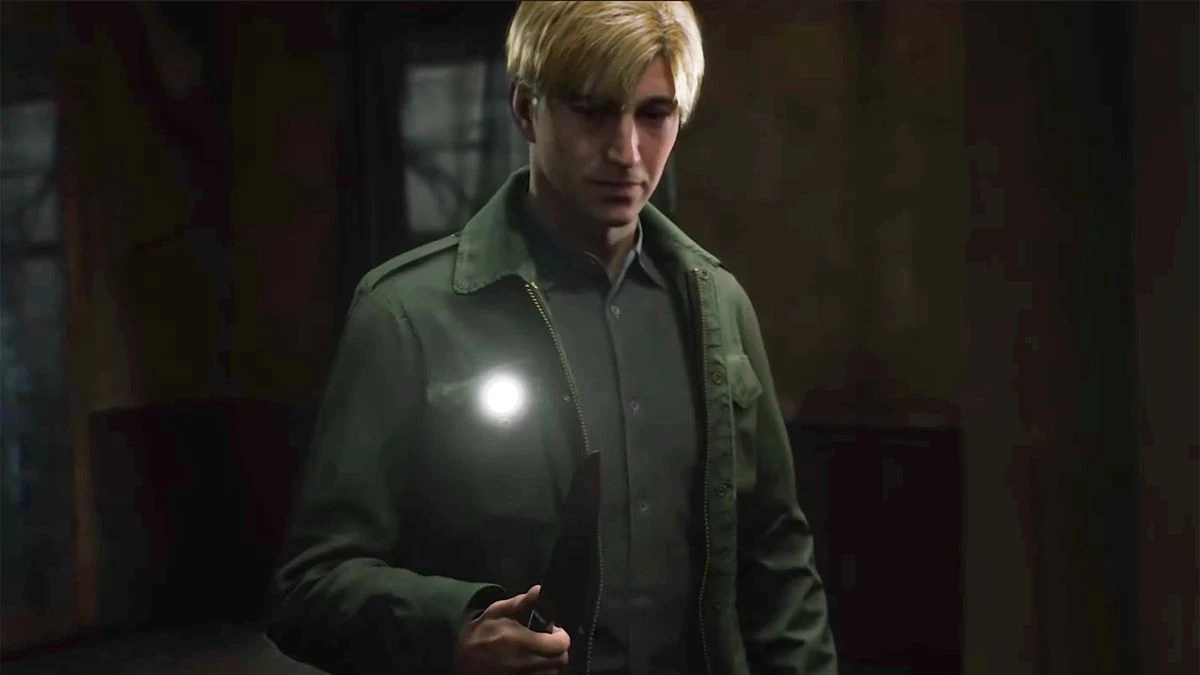Intel's former CEO, who pushed the chip maker to purchase Nvidia in 2005 for $20 billion -- the GPU company is now valued at $3.5 trillion
As a hockey player once said: "You miss 100% of the shots that you don't make". Intel is a good example. You missed out on a company which is currently ranked second in the world's most valuable companies, when it was still worth comparatively little.
According to a New York Times report, Paul Otellini, Intel’s chief executive between 2005 and 2013, presented an idea to the board to buy a small computer graphics company named Nvidia. It wasn't too long after Otellini had taken over the position that the board resisted the idea of buying a computer graphics company called Nvidia. At the time, the acquisition would have been Intel's biggest ever purchase.
Otellini has since backed off from defending the acquisition. One participant at the meeting described it as a "fateful moment", which I would agree with. It's a missed opportunity, given that Nvidia is now at the forefront of AI and has a current market cap of around $3.5 trillion.
It is true that hindsight can be a wonderful thing. Even so, it appears that some Intel executives were able to see the future of Nvidia even in 2005. According to its sources the New York Times reports some Intel executives believed that the underlying architecture of its graphics chip might be important for data centers in the future. This would be a massive understatement today.
Intel was slow to plan for the future, but this is not surprising given the information revealed here about Intel's corporate cultures (and how they may have contributed to its current financial and strategic mess). Intel executives described the company at the time as "the largest one-cell organism" - a reference to its insular corporate culture.
Back then, the focus was on x86 and the company’s dominant processor designs. Craig Barrett, former Intel chief executive, reportedly compared x86 chips to a creosote bushes. Creosote is poisonous and can kill other plants. Intel's profits were booming, and it was clear that the company did not feel the need to buy its way to new markets.
The current Intel CEO Pat Gelsinger led the Larrabee Project, which was put in action after Nvidia's failed acquisition pitch. It was an attempt to create an hybrid of graphics chips with Intel's PC design --predicting "today's graphic architectures are about to end."
The project was a complete failure due to poor graphic performance and scheduling issues. Gelsinger appears to have never given up the idea. In an interview with the Computer History Museum in 2019, he stated that, if Larabee were given a better chance:
"Nvidia's size would be a quarter of what it is today, because I believe Intel had a real shot in that space."
With Gelsinger in charge, Intel is now on the back foot --and its current woes are difficult to explain. Intel's once-invincible status in the tech world is now on its knees. With mass layoffs, cancelled bonuses, CPU crashes, and ongoing manufacturing and fab problems, not to mention potential plans to sell off parts of itself, it is difficult to know where to begin.
One aspect that continues to resurface is the company's approach to long-term planning and its potential acquisition deals, which it either rejected or never produced fruitful results, particularly in relation to AI.
In August, it was reported that Intel also chose not to buy a $1 billion stake of OpenAI in 2018. This would have represented a 15% share at the time. OpenAI is now reportedly worth $80 billion, which means that if Intel had invested, its investment would be worth a factor 12 more.
It seems that strategic and planning mistakes have continued long after the Nvidia deal was off the table. Intel is in dire financial straits and, judging by its latest Arrow Lake desktop processors, it's unlikely that the PC enthusiast market will save it either.




Comments